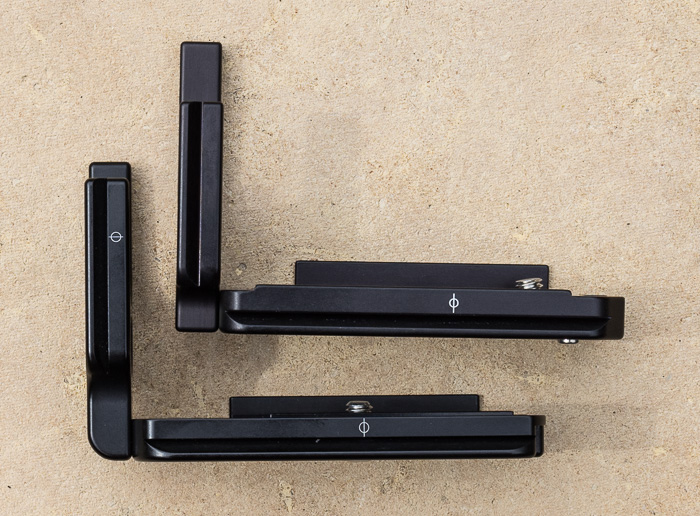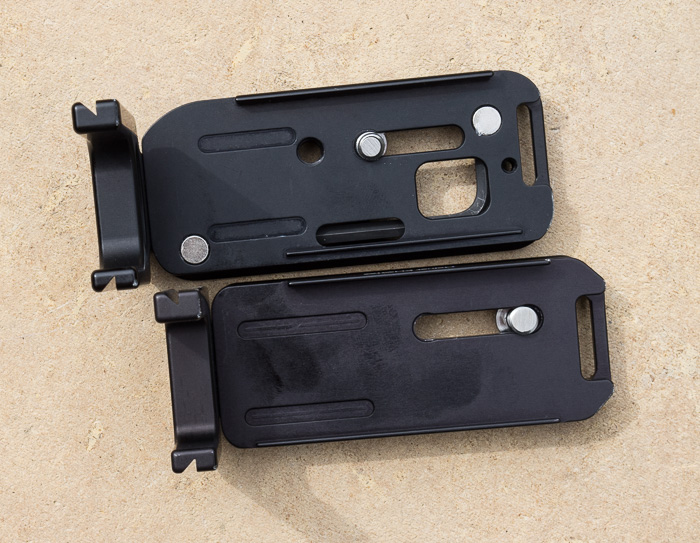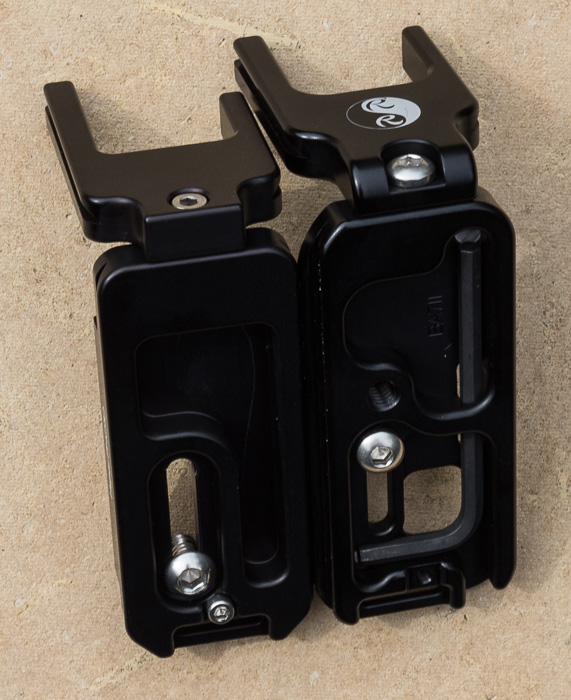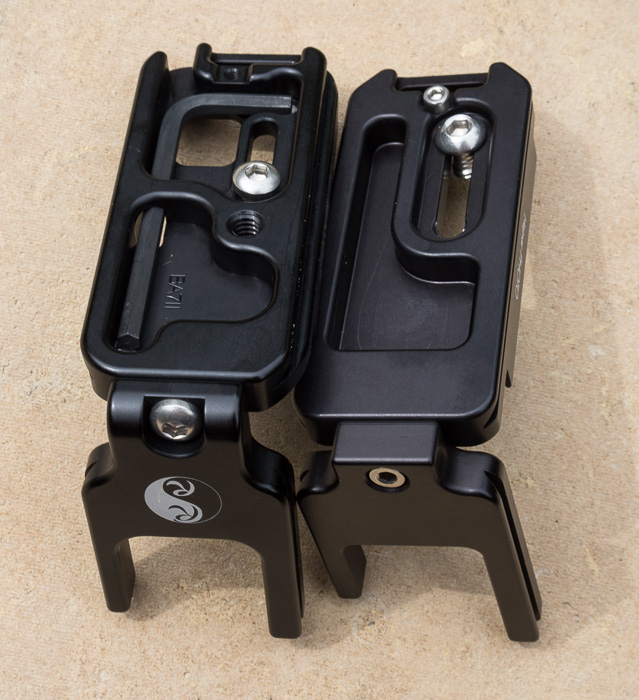I ordered this Hejnar a7II L-bracket:
At 90 bucks, it’s not exactly cheap, but it is substantially cheaper than the RRS bracket.
How do the two compare?




The acid test: I clipped the Hejnar plate into a RRS quick-release clamp, Perfect fit, and no slippage.
Good job, Hejnar.
JIm,
Another alternative, one I’ve been using on almost all my cams since 2008, is the RRS MC-L generic L-plate (http://www.reallyrightstuff.com/Shop/Multi-Camera-L-Plate-for-some-Cameras/MC-L-Multi-Camera-L-Plate.html). On the A7 II, it fits perfectly allowing full swing of the rear screen ( something I couldn’t do on the A7r). It’s a monocoque construction, which I prefer to the screw connected latest designs. Also, Arca-Swiss make a generic fully adjustable L-plate to suit almost every cam although that one doesn’t have an anti-twist lip.
Beats buying a not-so-different L-plate with every new body.
M
and finally the ___full size__ base plate (L plate) for A7 II… pinky at last has a place to rest !
http://www.amazon.com/Foto4easy-Starndard-Arca-Swiss-compatible-Sunwayfoto/dp/B00W13VGU2/